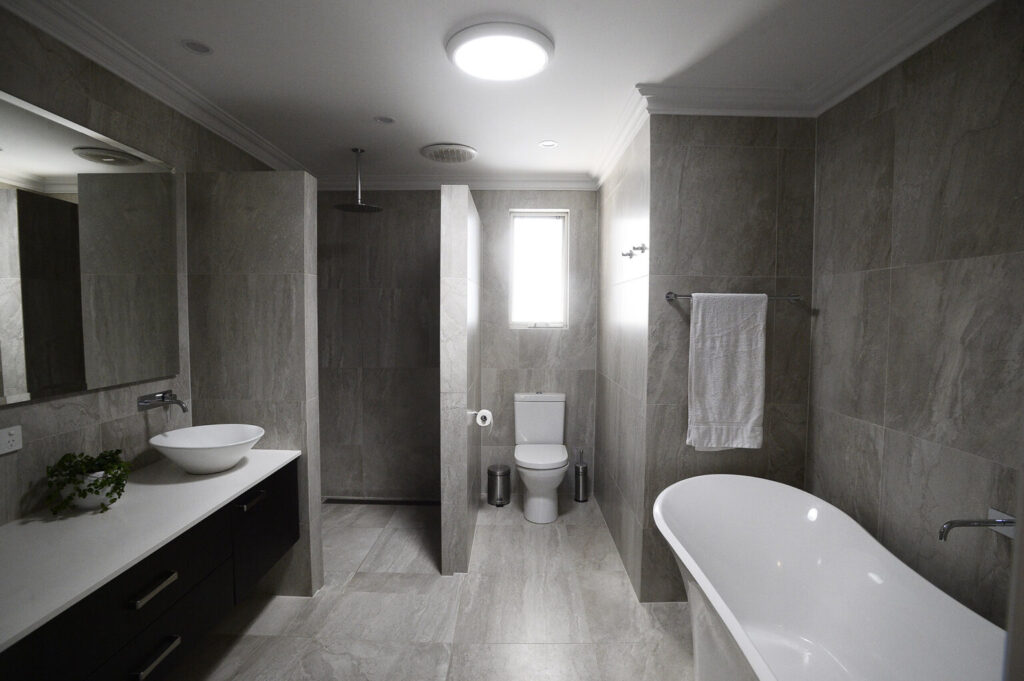Discover budget-friendly soundproofing solutions for doors, windows, walls, and floors. Reduce noise, cut echo, and reclaim peace without breaking the bank.
Budget-Friendly DIY Soundproofing Tips for Your Home
It’s late — 11:42 PM — and just as you’re trying to unwind, the noise starts. Upstairs neighbors dragging furniture, doors slamming, distant street sounds. Whether you’re a student needing focus, a parent hoping for a nap, or someone craving a quiet evening, noise pollution can feel like an unavoidable annoyance.
The good news? You don’t need a contractor or a costly acoustic overhaul to reclaim peace at home. With a smart plan, a few affordable tools, and a focus on the areas that leak the most sound — doors, windows, floors, and walls — you can dramatically reduce noise without breaking the bank.
This guide is based on real experiences from renters, remote workers, and DIY soundproofing,enthusiasts. No fluff, just practical solutions that work. Here’s how to make your room quieter, month by month, starting with just $50.
1. Doors – Seal the Biggest Noise Gap
Doors are a major culprit for letting in hallway chatter and slams. Even a small air gap under a door acts as a sound highway.
Budget Fixes:
- Foam Weatherstripping ($8–$15): Stick along door edges to block air and echo.
- Under-Door Draft Stoppers ($10–$20): Weighted or silicone sweeps can block up to 80% of hallway noise.
- Door Gasket Kits ($25–$40): Covers top and sides for near-professional sealing.
- Heavy Door Curtains ($30–$60): Add mass and absorb sharp sounds.
Pro Tip: A combination of a draft stopper and foam tape is the quickest, cheapest way to cut noise by 30–40%.
2. Windows – Stop the Outside Noise
Even double-pane windows can leak traffic, dog barks, and bass-heavy party sounds.
Affordable Fixes:
- Blackout/Thermal Curtains ($30–$60): Thick fabric absorbs noise and light.
- Acoustic Sealant ($8–$15): Flexible caulk for tiny air gaps around the frame.
- DIY Plexiglass Inserts ($40–$60): Create a removable second barrier without drilling.
- Double Layer Curtains ($20 add-on): Adds an extra sound buffer.
Pro Tip: Mount curtain rods higher and wider than the window frame to block leaks around the edges.
3. Walls – Cut Echo & Muffle Neighbor Noise
Thin drywall bounces sound easily. Full acoustic panels aren’t your only option.
Budget Solutions:
- Foam Panels ($30–$60 for 12): Stick on walls to absorb echo.
- DIY Fabric Panels ($20 per piece): Cover canvas frames with blankets or felt.
- Bookshelves with Books (Free if you own them): Dense barriers against neighbor noise.
- Moving Blankets ($20–$40): Hang with hooks or rods for temporary soundproofing.
- Posters with Foam Backing ($15–$30): Decorative and functional noise reduction.
Pro Tip: For echo, focus on soft surfaces. For neighbor noise, add mass.
4. Floors & Ceilings – Reduce Impact Noise
Bare floors amplify footsteps, dropped items, and rumble from above.
Simple Fixes:
- Thick Area Rugs ($25–$60): Especially on hard floors.
- Rug Pads ($15–$30): Enhance sound absorption.
- Interlocking Foam Mats ($20–$40/24 sq ft): Great for bedrooms or offices.
- Ceiling Tapestries ($25–$50): Hang fabrics to absorb reflected sound.
- Tall Furniture Placement (Free–$50): Absorbs and scatters sound near ceiling joints.
Pro Tip: Even a rug + pad combo can reduce echo by 40–60%, making upstairs noise less noticeable.
Top 8 Budget Soundproofing Tools
| Tool | Best For | Price | Key Benefit |
| Suptikes Door Draft Stopper | Door gaps | $20 | Blocks hallway noise instantly |
| NICETOWN Soundproof Curtains | Windows | $35–$65 | Cuts traffic noise 50–60% |
| 3M Weatherstrip Foam Tape | Doors & windows | $8–$15 | Seals air gaps and reduces sound |
| Acoustic Foam Panels | Echo reduction | $35–$60 | Improves clarity in rooms |
| Moving Blankets | Walls, doors | $25–$50 | Multi-purpose sound blocker |
| Plexiglass Window Inserts | Street-facing rooms | $40–$70 | Cuts up to 80% of outside noise |
| Gorilla Grip Rug Pads | Hard floors | $20–$30 | Reduces impact noise |
| DIY Rockwool Panels | Loud neighbors, bass | $20–$40 | Absorbs mid-low frequencies |
How to Choose What Works for You
- Identify the noise type:
- Airborne (talking, traffic) → soft, dense materials
- Impact (footsteps, dropped items) → rugs, pads
- Bass/thud → dense mass like rockwool or bookshelves
- Target problem areas first: Doors, windows, walls, floors, ceilings.
- Layer improvements month by month: Small upgrades accumulate for a noticeable difference.
Quick Scenario-Based Recommendations:
- Noisy hallways: Draft stopper + soundproof curtains
- Echo in home office: Foam panels + rug pad + blackout curtain
- Nursery quiet: Rockwool panels + rug + door seal
- Gaming setup: Foam panels + door tape + bookshelf
- Traffic-heavy area: Plexiglass insert + curtains + acoustic sealant
FAQs
Q1: Do soundproof curtains actually work?
A: Yes, if they fully cover windows. They absorb sound and add density but won’t block all noise.
Q2: Can renters soundproof without drilling?
A: Absolutely. Use tension rods, command strips, or removable adhesives for curtains, foam panels, and blankets.
Q3: Do acoustic foam panels block neighbor noise?
A: No, they mainly reduce echo inside the room. Dense materials are needed for real sound blocking.
Q4: How much does it cost to notice a difference?
A: $50–$100 can cut hallway and window noise dramatically. Incremental upgrades compound over time.
Q5: Do wall rugs or tapestries help?
A: Yes, especially thick ones covering shared walls. Combine with foam or bookshelves for maximum effect.
Q6: Can ceilings be soundproofed without construction?
A: Partially. Hanging fabrics, DIY acoustic clouds, or placing tall furniture can soften noise and reduce echo.

